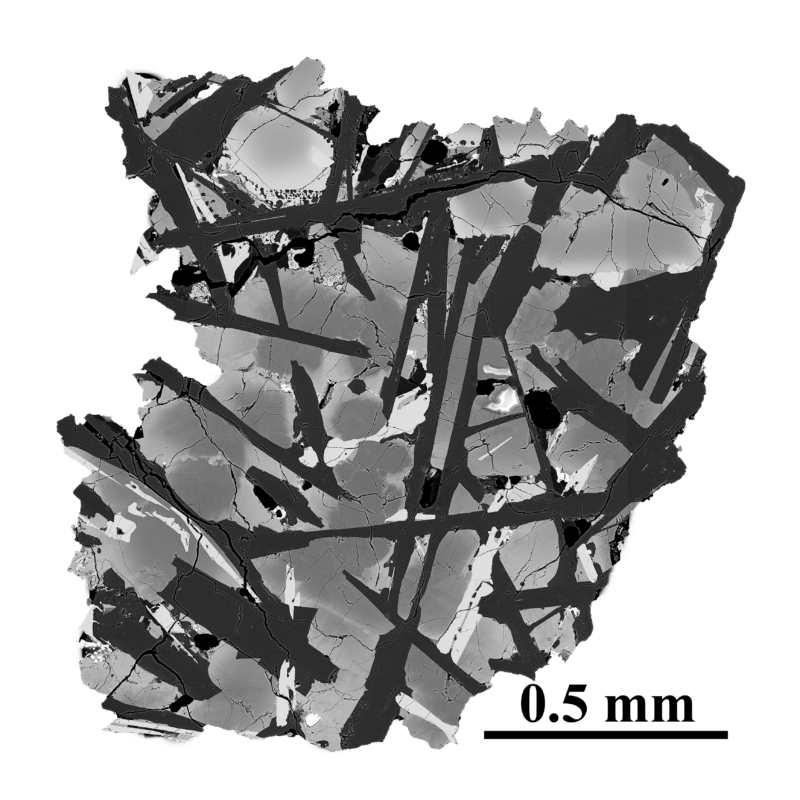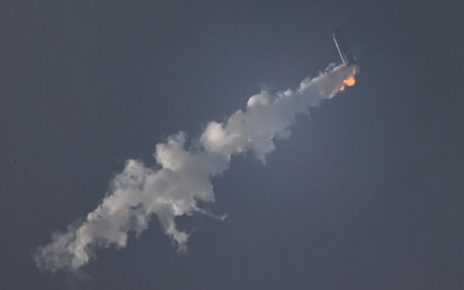
Enlarge / An electron micrograph of some of the volcanic material returned by the Chang’e 5 mission. (credit: Beijing SHRIMP Center, Institute of Geology, CAGS)
Chang’e-5 represented a major step forward for China’s lunar program, as it was the first of the country’s missions to return samples to Earth. Now the results of dating the samples are in, and it’s clear that while the deposits are old, they’re young enough to be a bit of an oddity.
To the Moon and back
China has now successfully landed several probes and rovers on the lunar surface as part of a larger exploration program. Chang’e 5 represented the next step, as it had a drill to obtain subsurface samples and a return vehicle that could take them back to Earth. The spacecraft successfully landed almost two years ago, and a few weeks later, it returned roughly 2 kilograms of rock to Earth from the Moon.
China has the benefit of decades of knowledge gained since the Apollo missions, along with a greater theoretical understanding of the Moon’s formation. And it carefully chose Chang’e 5’s landing site, a large volcanic deposit called the Oceanus Procellarum, thought to be one of the younger areas of the Moon’s surface. But “younger” covers a lot of ground, as estimates based on its crater count ranged from 3.2 billion years old down to just 1.2 billion.





